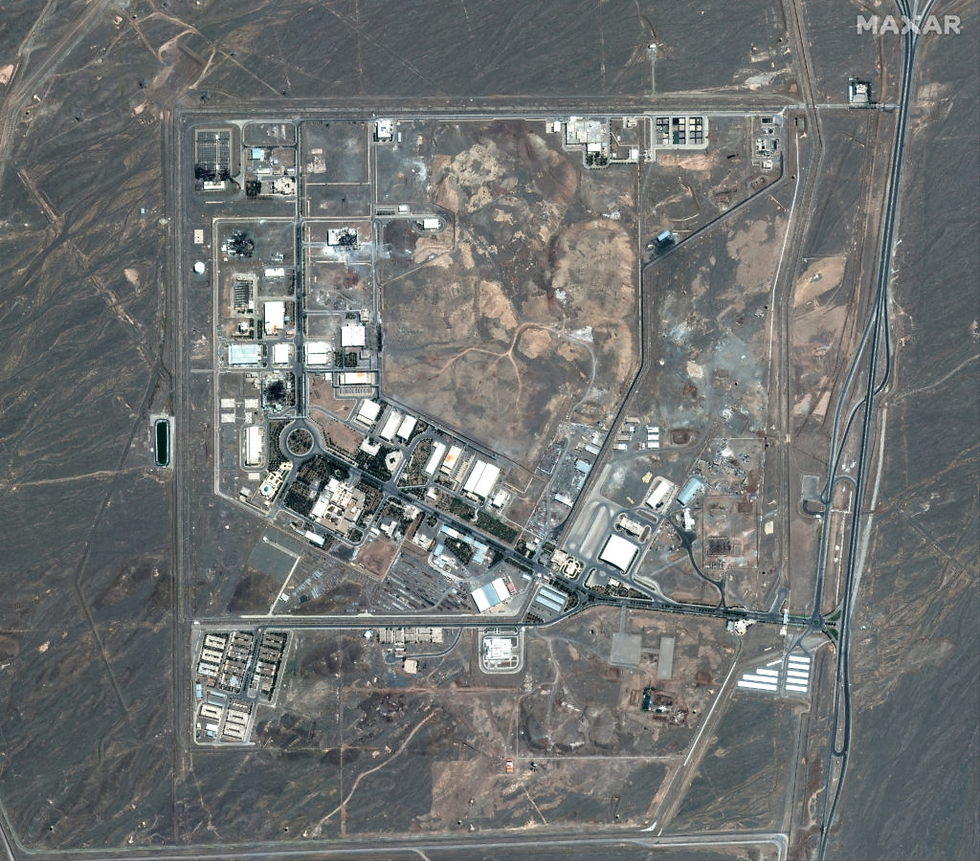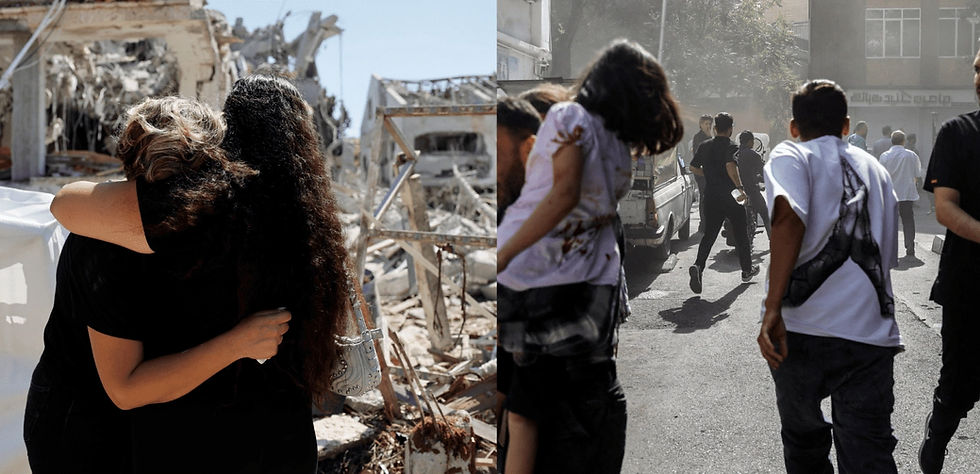U.S. Launches Strategic Strikes on Iranian Nuclear Sites in “Operation Midnight Hammer”
- Abhishek Das
- Jun 22
- 1 min read
The Operation: Massive Precision Strikes
precision airstrikes on Iran’s most fortified nuclear sites at Fordow, Natanz, and Isfahan. Utilizing B-2 Spirit stealth bombers and submarine-launched Tomahawk cruise missiles, the U.S. deployed 14 GBU‑57 Massive Ordnance Penetrator (MOP) bunker-buster bombs—a historic first in combat use

Strategic Assets Deployed
Seven B‑2 Spirit bombers, supported by over 75 precision-guided weapons
Tomahawk missiles targeting surface infrastructure
GBU‑57 MOP bombs, capable of penetrating 200 feet underground, used to obliterate deeply buried enrichment tanks
Objectives & Official Statements
Iran condemned the operation, promising retaliatory actions and warning allies.
Israel, a partner in the broader campaign and commended by Netanyahu, saw its efforts amplified by the move .
Global powers such as the UK, EU, India, and Turkey called for restraint and diplomatic resolution.
The UN Security Council is set to convene following Iran’s request for urgent talks
Geopolitical Implications
This marks the most direct U.S. military engagement in Iran in decades, crystallizing the U.S.-Israel alliance against Iran’s nuclear ambitions. Experts warn the strikes could spark broader Middle East conflict escalation, possibly endangering maritime routes like the Strait of Hormuz
Summary
“Operation Midnight Hammer” has elevated regional tensions to historic highs—employing advanced bunker-buster weapons against Iran’s most secure nuclear sites. With global leaders urging caution and Iran pledging retaliation, the world watches closely. The U.S. action signals a marked shift from diplomacy to decisive military force in curbing nuclear escalation.








Comments